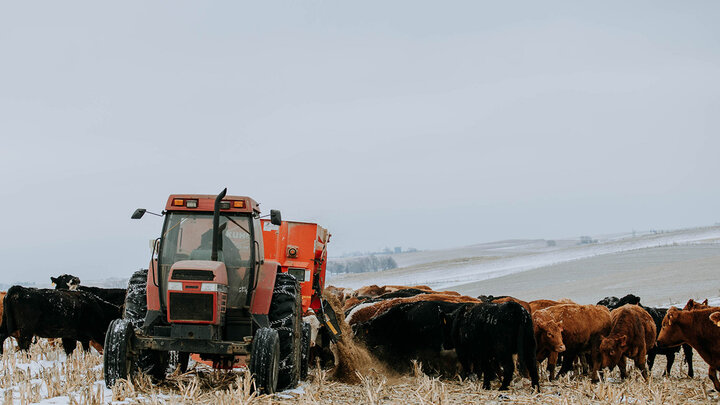This Policy Report column was first published by Nebraska Farmer on June 6, 2025 and is excerpted here with permission.
When the Center for Agricultural Profitability at the University of Nebraska-Lincoln published farm income estimates this spring, the numbers pointed to record farm income prospects for 2025.
The forecast, published in collaboration with the Rural and Farm Finance Policy Analysis Center at University of Missouri, estimated Nebraska farm income at $9.4 billion for 2025 based on early-season price forecasts and production trends.
The record farm income prospects seemed out of sorts with some general attitudes and perceptions of financial challenges and concerns across much of agriculture at the time. However, the projections do point to the mixed forecast in agriculture and to the many questions clouding the outlook ahead about production, markets, policy and more.
It depends on the ag sector
While the $9.4 billion farm income forecast for Nebraska would be a record, it is really made up of different ag sectors moving in different directions. One could describe the outlook as a tale of two farms, or more specifically, a farm and a ranch.
The crop farm outlook is weaker for 2025 as crop receipts continue a three-year retreat from 2022 record levels. On the other hand, the livestock outlook continues to trend higher on the strength of the cattle sector and record cattle prices.
While record livestock receipts near $20 billion help offset lower crop receipts, the largest contributor to higher net farm income prospects in 2025 may be an increase in government payments. An estimated $1.7 billion in supplemental payments is increasing cash flow and profitability in 2025, although the payments are primarily for economic and production losses dating back to 2023 and 2024. Thus, forward-looking prospects are more uncertain even as the early projections suggest a record for the year.
Adding to the cloudy forecast for agriculture is the uncertainty surrounding policy development and directions for farm programs, trade and more.
The road ahead for an overdue farm bill was taking shape in the large reconciliation bill moving through Congress, but it could still be destined for a split path if it is to get to the finish line in 2025. The reconciliation language passed by the House included more than $50 billion in additional projected spending over the next 10 years for increased Price Loss Coverage reference prices, Agriculture Risk Coverage revenue guarantee level and crop insurance support — all responsive to the calls from various ag groups over the past few years.
The reconciliation language also addressed most conservation programs and various other farm bill funding issues. But significantly, the reconciliation language paid for the increased ag support with substantial spending cuts to the Supplemental Nutrition Assistance Program.
The food assistance program changes could be described by proponents as tightening eligibility rules and requirements and reducing waste as opposed to cutting benefits for households in need, but the changes also would reduce future projected growth in benefits and would pass along more implementation costs to the states, ultimately cutting participation and projected spending nearly $300 billion over the 10-year budget horizon.
Still hammering out details
As of early June, the Senate was still to act on the House package, but it looked to be pushing for changes in the farm and food assistance language before it would send a bill back to the House. Ultimately, a final reconciliation bill may produce a different balance of ag program increases and food assistance program cuts, but the bill seems destined to challenge the decades-old farm and food coalition that was fundamental to getting a bipartisan farm bill across the finish line ...




